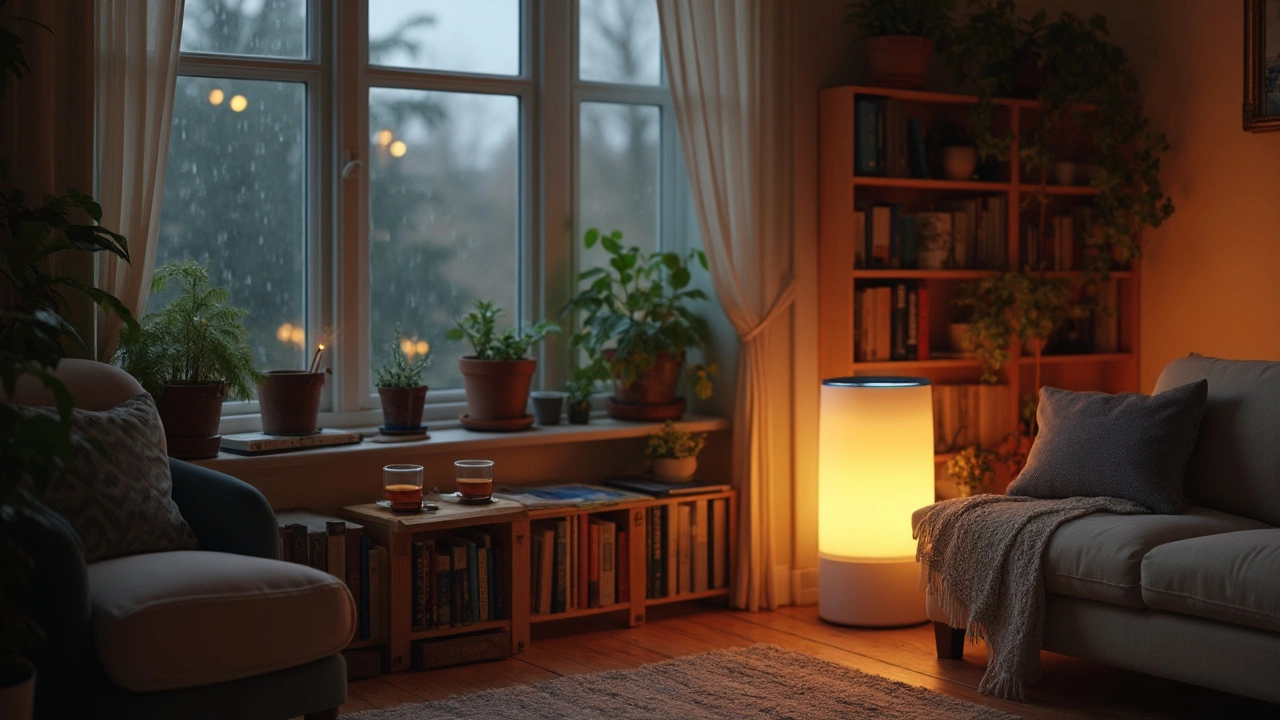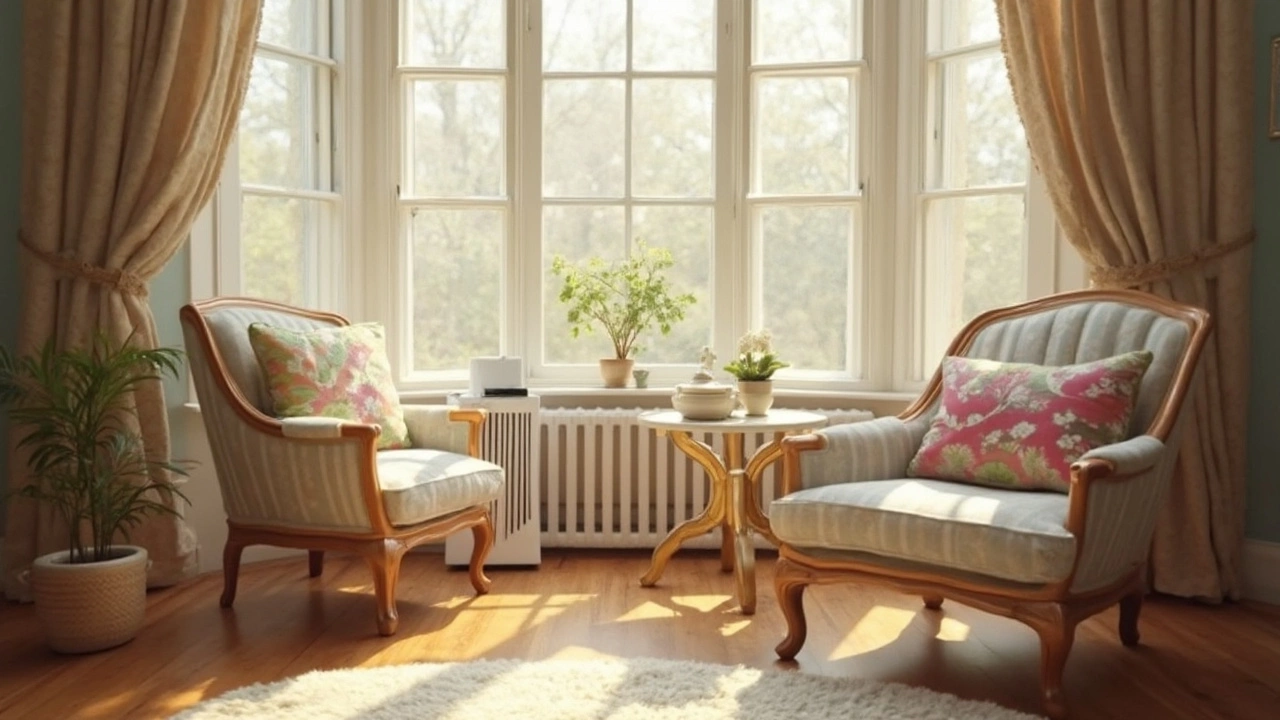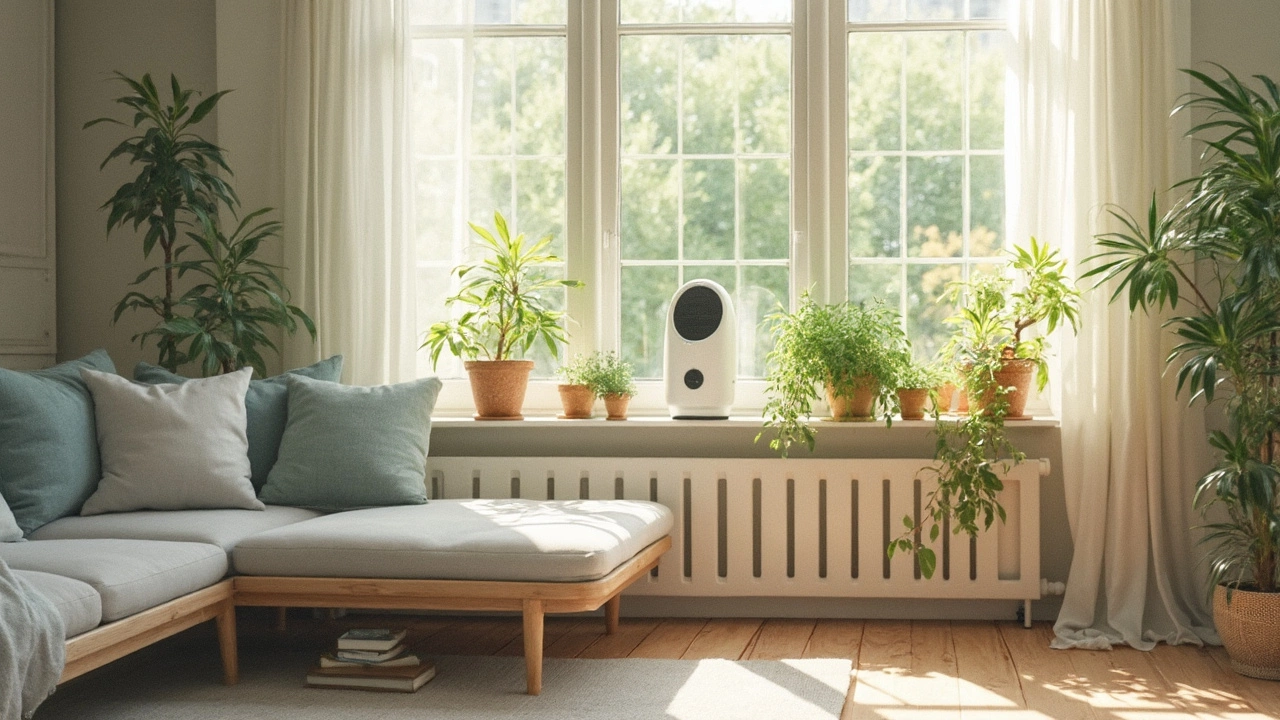Bad indoor air can make you cough, feel sleepy, or trigger allergies. The good news is you don’t need a science degree to improve it. Below you’ll get straight‑forward advice on picking an air purifier, where to put it, and a few daily habits that keep the air fresh.
First, look at the room size. Every purifier lists a coverage area in square feet – match that to the square footage of the room you want to clean. If the numbers don’t line up, the unit will struggle and you won’t notice a difference.
Second, check the filter type. HEPA filters catch 99.97% of particles down to 0.3 microns, which includes dust, pollen, and most mold spores. Some models add an activated‑carbon layer that grabs odors and chemicals. If you’re dealing with pet smell or cooking fumes, go for the combo.
Third, think about maintenance. A purifier that needs a filter change every three months will cost more over time than one that lasts six months. Look for models that tell you when a filter is due – most have an indicator light.
Location matters as much as the device itself. Place the unit where air circulates most – near a doorway, a window, or in the middle of the room. Avoid corners or tucked‑behind furniture; the purifier needs space to pull in dirty air and push out clean air.
If you sleep with the purifier on, set it on a nightstand or a low shelf. This keeps the clean air close to your breathing zone while still allowing the fan to work efficiently. For larger living rooms, two smaller units spaced apart work better than one big one in a single spot.
Don’t forget the kitchen. Cooking creates steam and particles that quickly spread. A compact purifier on the countertop can trap much of that before it moves to other rooms.
Finally, keep doors and windows closed while the purifier runs. Too much fresh air coming in will dilute the clean‑air effect and force the unit to work harder.
Beyond the purifier, simple habits help a lot. Vacuum with a HEPA‑filter vacuum once a week, wipe surfaces with a damp cloth, and change HVAC filters regularly. These steps reduce the load on your air purifier, letting it run longer between filter changes.
When you combine the right purifier, a smart spot, and basic cleaning, you’ll notice clearer breathing within a day or two. No need for expensive upgrades – a few thoughtful moves can give you healthier indoor air without breaking the bank.

Wondering if an air purifier can help get rid of mold in your home? This guide explains what air purifiers can do about mold, what types of filters work best, and what their real limits are. Learn simple steps to improve air quality and tackle mold at the source. Find out what actually works and what’s just marketing hype. Get clear, honest answers so you can breathe easier.

Thinking about letting your air purifier run around the clock? This article digs into whether it’s safe, what happens to your machine, and if it actually helps your air stay cleaner. You'll learn about potential energy costs, fire risks, and how modern air purifiers are designed to handle non-stop use. There's no tech talk, just straight answers you can use. Get the facts, plus a few smart tips to keep your air fresh without wasting money or risking your safety.

Knowing where to place your air purifier can dramatically improve its efficiency in removing dust from your home. By strategically placing it in areas with high foot traffic, near sources of dust, and away from obstructions, you can ensure optimal dust control. Learn how to maximize the purifier's effectiveness by understanding its coverage area and how your home's layout affects air circulation.

Air purifiers are a common household gadget, but knowing the right way to use them can be a bit puzzling. Should you keep the room closed while the purifier is on? This article explores how to maximize the efficiency of your air purifier depending on your space and needs. It also tackles common misconceptions and shares some handy tips for optimal air quality.